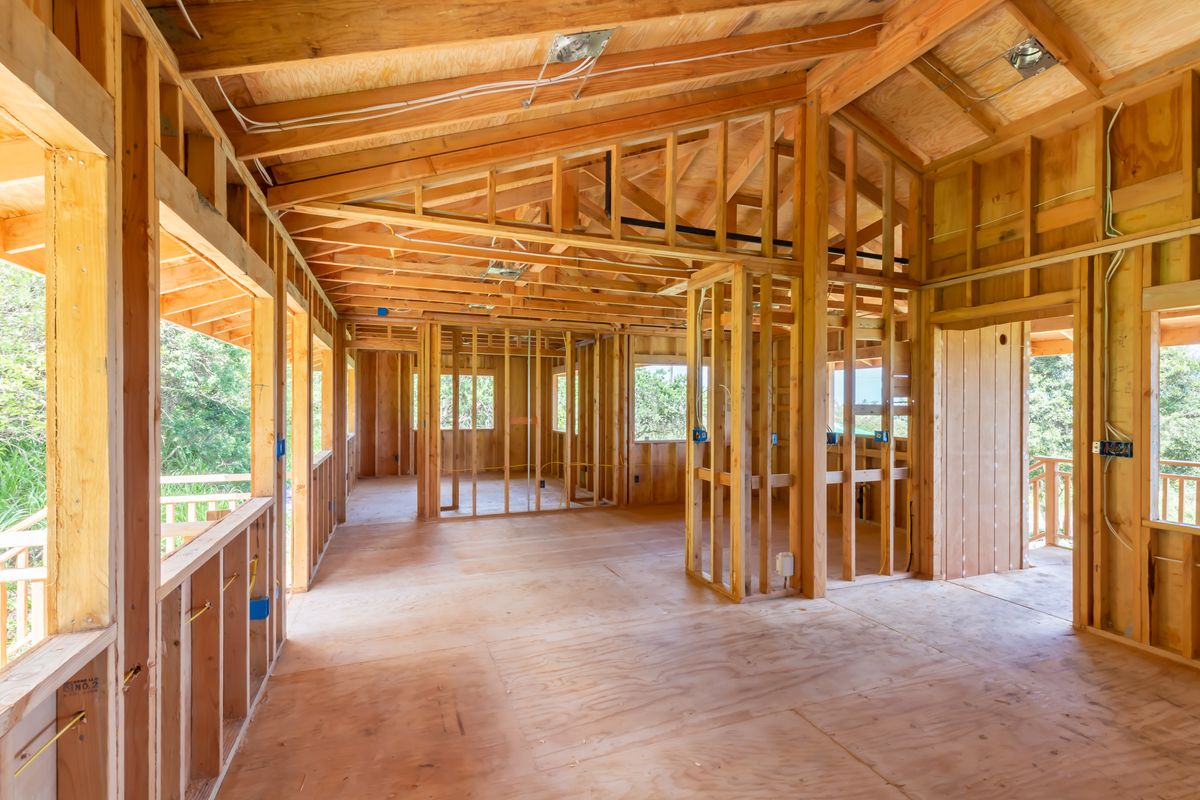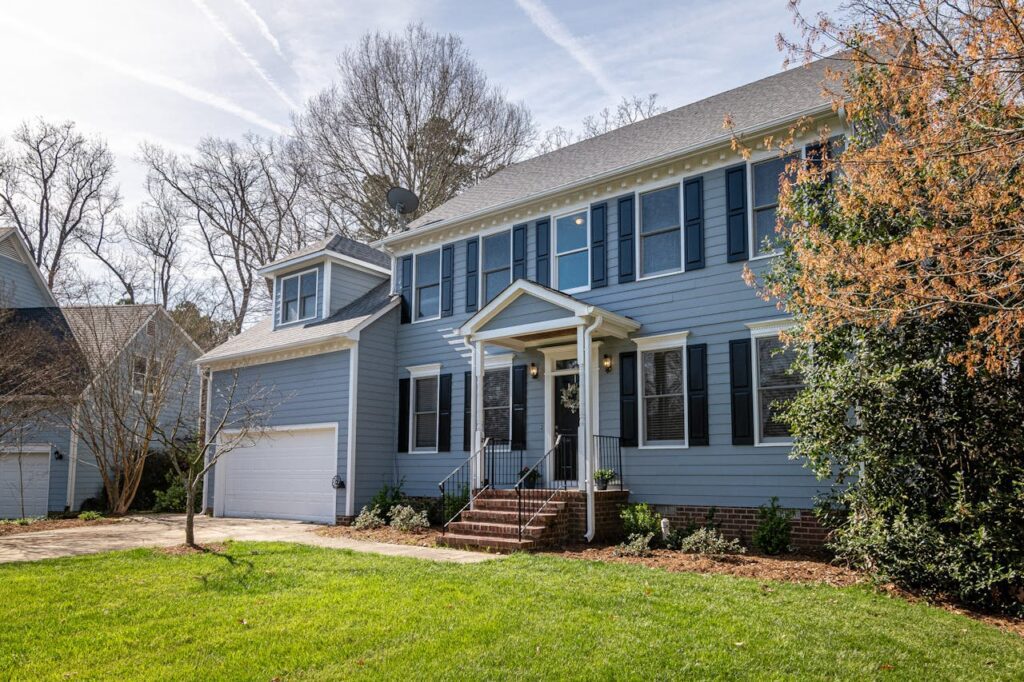Adding a second story to your home can provide much-needed space and significantly increase your property’s value. However, this substantial renovation project comes with a hefty price tag. Financing your second story addition requires careful planning, understanding of your financial options, and strategic decision-making to ensure you don’t overextend your budget.
In this comprehensive guide, we’ll explore the various financing options available, factors to consider before taking on this project, and practical tips to manage the costs effectively. By the end, you’ll have a clearer understanding of how to finance your second story addition project without compromising your financial stability.
costs can vary widely based on factors such as the size of the addition, the complexity of the design, local labor rates, and the materials used. On average, a second story addition can cost anywhere from $100,000 to $300,000 or more.
Breakdown of Costs:
- Design and Architectural Fees: Hiring an architect to design the addition and ensure it meets local building codes can cost between $5,000 and $20,000.
- Permits and Inspections: Building permits and inspections are necessary to comply with local regulations, costing between $500 and $3,000.
- Demolition and Preparation: This involves removing the existing roof and preparing the foundation, costing between $10,000 and $25,000.
- Construction: The bulk of the expense, including framing, roofing, insulation, and interior finishes, can range from $70,000 to $200,000.
- Utilities and Systems: Extending plumbing, electrical, and HVAC systems to the new story can add another $10,000 to $50,000.
- Landscaping and Exterior Work: Additional costs for exterior modifications, such as siding, painting, and landscaping, can range from $5,000 to $20,000.
Financing Options
There are several financing options available to fund your second story addition. Each has its advantages and disadvantages, depending on your financial situation, credit score, and long-term goals.
- Home Equity Loan (HEL):
- Description: A home equity loan allows you to borrow a lump sum against the equity you have in your home.
- Pros: Fixed interest rates, predictable monthly payments, tax-deductible interest.
- Cons: Your home is used as collateral, potentially higher interest rates than a primary mortgage.
- Ideal For: Homeowners with significant equity and a stable income.
- Home Equity Line of Credit (HELOC):
- Description: A HELOC provides a revolving line of credit based on your home’s equity.
- Pros: Flexibility to borrow as needed, interest is only paid on the amount drawn, tax-deductible interest.
- Cons: Variable interest rates, risk of increasing debt, home used as collateral.
- Ideal For: Homeowners needing flexibility and planning to spread out project costs.
- Cash-Out Refinance:
- Description: This involves refinancing your existing mortgage for more than you owe and taking the difference in cash.
- Pros: Potentially lower interest rates, consolidated mortgage and additional costs into one payment, tax-deductible interest.
- Cons: Closing costs, extending the loan term, risking foreclosure if unable to repay.
- Ideal For: Homeowners with significant equity and looking to take advantage of lower interest rates.
- Personal Loan:
- Description: An unsecured loan based on your creditworthiness rather than home equity.
- Pros: No collateral required, fixed interest rates, quicker approval process.
- Cons: Higher interest rates, shorter repayment terms, smaller loan amounts.
- Ideal For: Homeowners with good credit and less equity.
- Construction Loan:
- Description: A short-term loan specifically for home renovation projects, converted into a mortgage upon completion.
- Pros: Funds disbursed as needed, often lower interest rates during construction, tailored for renovation projects.
- Cons: Higher qualification standards, potential for increased costs if project delays occur.
- Ideal For: Homeowners with a solid renovation plan and strong credit.
- Government Loans and Grants:
- Description: Various federal, state, and local programs offer loans and grants for home improvements.
- Pros: Low or no interest rates, possible grants that don’t require repayment, support for energy-efficient upgrades.
- Cons: Strict eligibility requirements, limited funding, competitive application process.
- Ideal For: Homeowners meeting specific criteria (e.g., low income, veterans, energy efficiency improvements).
Factors to Consider
When deciding how to finance your second story addition, several factors should influence your decision-making process:
- Current Financial Situation:
- Income Stability: Ensure your income can comfortably cover additional monthly payments.
- Credit Score: A higher credit score can secure better interest rates and loan terms.
- Debt-to-Income Ratio: Lenders prefer a lower ratio, indicating manageable existing debt.
- Equity in Your Home:
- Calculate your home’s current value minus any outstanding mortgage balance to determine available equity.
- Calculate your home’s current value minus any outstanding mortgage balance to determine available equity.
- Interest Rates:
- Compare current interest rates for different loan types to find the most cost-effective option.
- Compare current interest rates for different loan types to find the most cost-effective option.
- Repayment Terms:
- Consider the length of the loan and monthly payment amounts to ensure they fit your budget.
- Consider the length of the loan and monthly payment amounts to ensure they fit your budget.
- Tax Implications:
- Interest on home equity loans, HELOCs, and cash-out refinances may be tax-deductible, potentially reducing the overall cost.
- Interest on home equity loans, HELOCs, and cash-out refinances may be tax-deductible, potentially reducing the overall cost.
- Project Timeline:
- Ensure the chosen financing method aligns with your project’s timeline to avoid funding delays.
Practical Tips for Managing Costs
Successfully financing a second story addition involves more than just securing a loan. Here are some practical tips to manage costs effectively:
- Create a Detailed Budget:
- Itemize all expected expenses, including a contingency fund for unexpected costs.
- Itemize all expected expenses, including a contingency fund for unexpected costs.
- Get Multiple Quotes:
- Obtain estimates from several contractors to ensure competitive pricing.
- Obtain estimates from several contractors to ensure competitive pricing.
- Choose Cost-Effective Materials:
- Opt for durable yet affordable materials to balance quality and cost.
- Opt for durable yet affordable materials to balance quality and cost.
- Do Some Work Yourself:
- If feasible, tackle some smaller tasks to reduce labor costs.
- If feasible, tackle some smaller tasks to reduce labor costs.
- Monitor Project Progress:
- Regularly check the project’s progress and expenses to stay on budget.
- Regularly check the project’s progress and expenses to stay on budget.
- Plan for Future Maintenance:
- Consider the long-term maintenance costs of your addition when planning your budget.
Conclusion
Financing a second story addition is a significant financial commitment that requires careful planning and informed decision-making. By understanding the costs involved, exploring various financing options, and considering your financial situation, you can choose the best method to fund your project. Additionally, implementing practical cost-management strategies can help ensure your second story addition is completed successfully and within budget.
Remember, the key to a successful home renovation project is balancing your financial capabilities with your renovation goals. With the right approach, you can enhance your home’s functionality and value without compromising your financial stability.

Expand Your Home with a Second Story Addition by Red White & Blue Construction!
Thinking about a second story addition in Lafayette, CA? Red White & Blue Construction is your go-to expert for transforming your home with a custom second story. Enhance your property with an addition that adapts to your evolving lifestyle needs. Known for our proficiency in second story projects, we are dedicated to turning your vision into reality—whether it’s an extra bedroom, a luxurious master suite, or a spacious home office. Our established reputation in the Bay Area highlights our commitment to excellence, craftsmanship, and the high standards we bring to every project.
At Red White & Blue Construction, we are more than just builders; we are the architects of your dream living space. With transparent pricing and exceptional client service, a second story addition is not just an extension—it’s a valuable investment in your home’s future. Trust Red White & Blue Construction for your second story addition. Start your journey of Home Enhancement Excellence and contact us today!
Disclaimer
The materials available on this website are for informational and entertainment purposes only and not to provide advice. You should obtain advice concerning any particular issue or problem from a professional. You should not act or refrain from acting based on any content included in this site without seeking legal or other professional advice. The information presented on this website may not reflect the most current building developments. No action should be taken in reliance on the information on this website. We disclaim all liability concerning actions taken or not taken based on any or all of the contents of this site to the fullest extent permitted by law.





